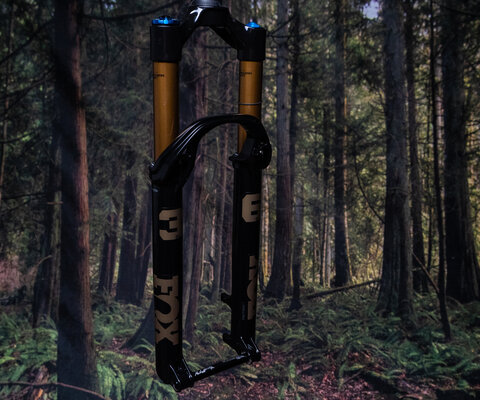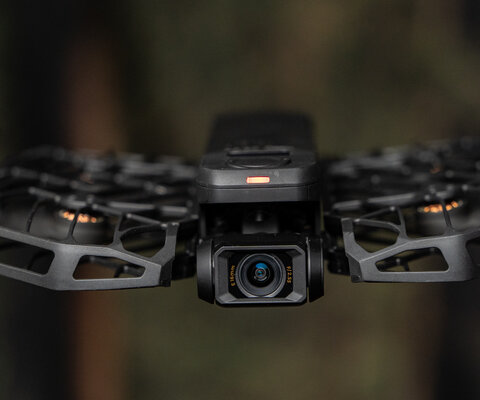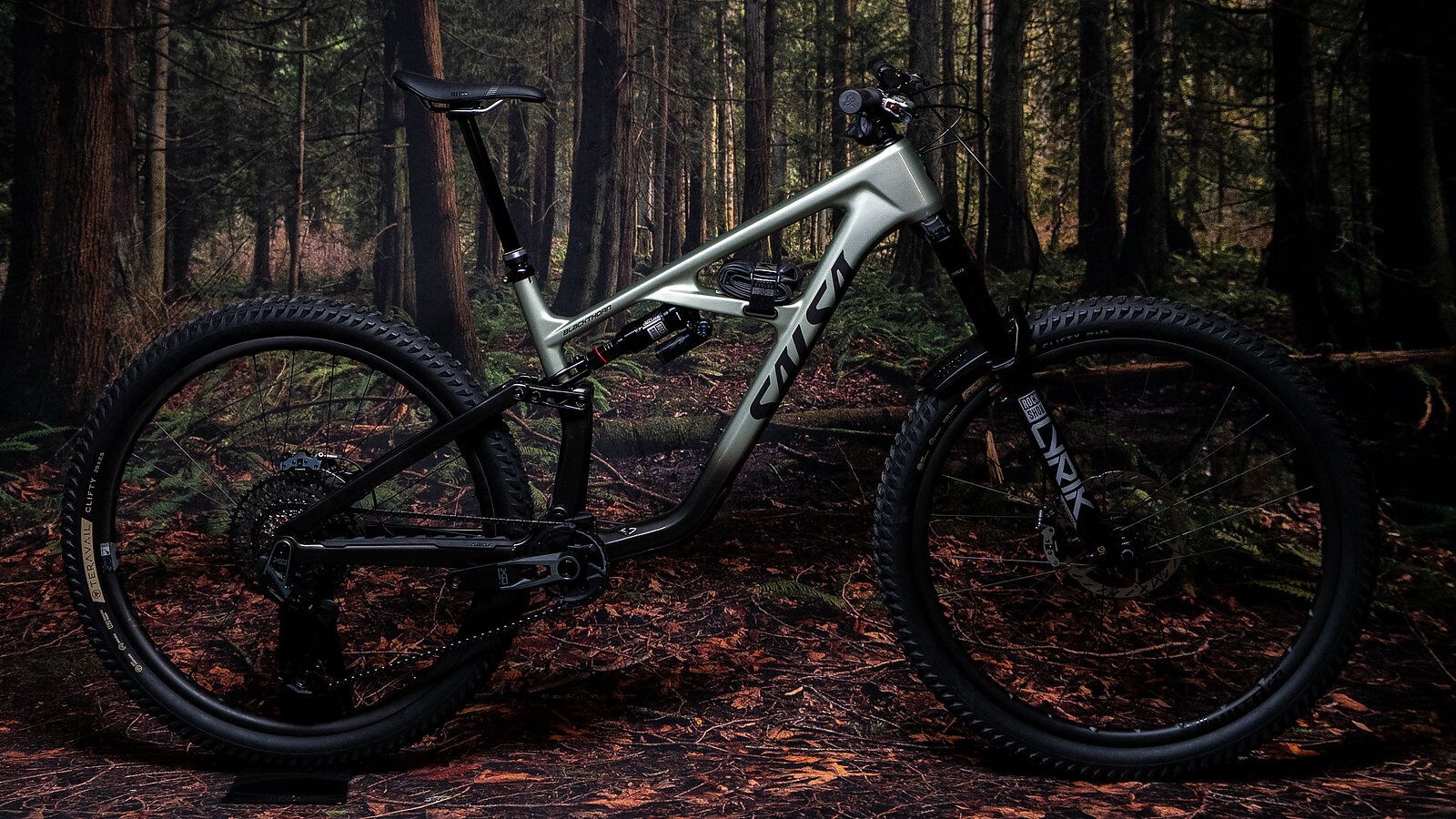
Salsa Blackthorn 145 Bike Review
Words and Photos by Cy Whitling
A compelling mix of adrenaline and adventure.
Salsa is coming into the spring riding season hot with two new bikes in the Blackthorn family, the trail-oriented Blackthorn 125, and the all-mountain Blackthorn 145. If you automatically associate the brand with gravel bikes, drop bars, and fat bikes, it’s time to chuck those preconceptions out the door. The new Blackthorn is an enduro-ready bike with modern, aggressive geometry, and build to match.
Even so, this is very much a Salsa, with a carrying capacity and feature set that’s optimized for long rides, and yes, even bikepacking. So let’s break down how this new platform balances those two personalities.
Salsa Blackthorn 145 Overview
- Travel: 145 mm (rear) 160 mm (front)
- Wheel Size: 29” or Mixed 29”/27.5”
- Size Tested: Large
- Build Tested: C XO Eagle AXS
- Head Tube Angle: 63.9°
- Measured Weight: 33.375 lbs (15.14 kg)
- MSRP: $8,999

The new Blackthorn is available in both 125 millimeter travel (140 millimeter fork) and 145 millimeter (160 millimeter fork) variants. Both bikes use the same front and rear triangles, with swapped shocks and links to effect that travel change. Unsurprisingly, this means the 125 has a longer reach, steeper head tube, and steeper seat tube than the 145. This isn’t the first time Salsa has done this— the previous generation Blackthorn shared triangles with the long-travel-bruiser Cassidy, and bumped its travel up to 165/180 millimeters.
Both 125 and 145 variants will be available with the same carbon frames. Both bikes use a flip chip at the shock eyelet to change head and seat tube angles .3° and the bottom bracket five millimeters. Salsa says that you can run either as a mullet in the high setting, and while there are no other integrated geometry adjustments, the ZS44/56 headsets mean that you can install angle or reach adjusting headsets to further dial things in.
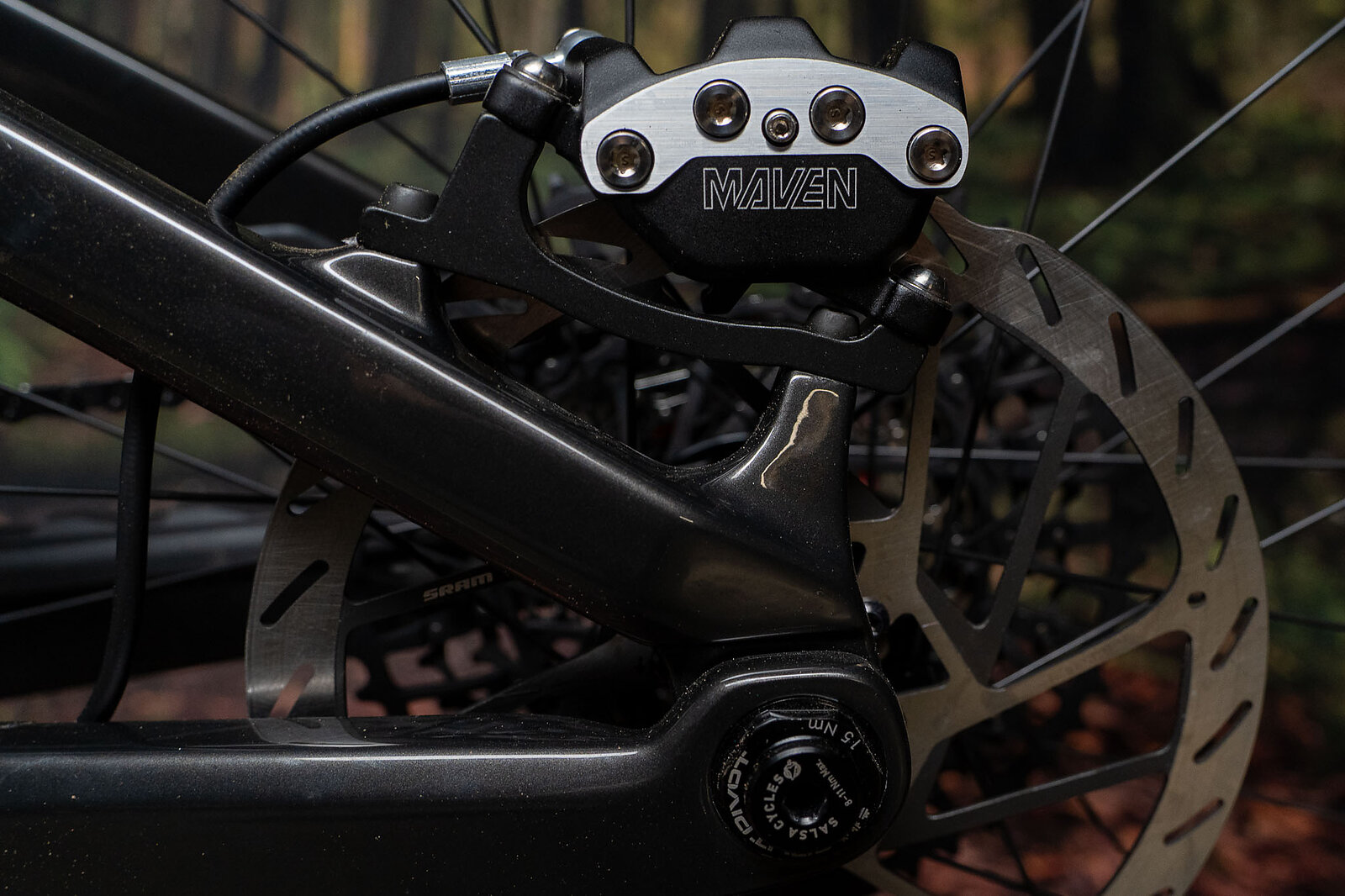
Salsa Blackthorn frame details
One of the biggest changes to the Blackthorn isn’t immediately obvious, but it moves to 148 mm rear axle spacing from the previous SuperBoost. That’s great news for folks who like sharing rear wheels between bikes, and cuts the list of brands committed to SuperBoost even shorter. The rest of the frame details are similarly standard, with a threaded bottom bracket, removable ISCG tabs, and pivot hardware laser etched with torque values.
The Blackthorn has mounts for two bottle cages (one is a Salsa three-pack mount) inside the front triangle, as well as a mount for a bolt-on bag on top of the top tube. Combine that with the built-in tube/tool strap in front of the shock, and you’ve got a very “Salsa” dedication to carrying everything you could want on the bike. I hope we see some cool aftermarket storage options for that mini-triangle behind the head tube soon.
The frame also has nice molded chain protection and a mini fender at the main pivot. Most of the details feel premium and well-sorted. It uses a 30.9 mm seat tube, so you’re somewhat limited in what dropper posts you can run, and the kinked seat tube might pose some issues for longer droppers, although I was able to slam the included 210 mm option all the way to the collar. I did a quick bolt check, and everything was snugged up nicely, except for the rear axle pivot. I’ve found that these pivots tend to loosen more easily, and always recommend checking them on ABP and SplitPivot bikes, since you’ll rarely carry the tools needed to tighten them on a ride.
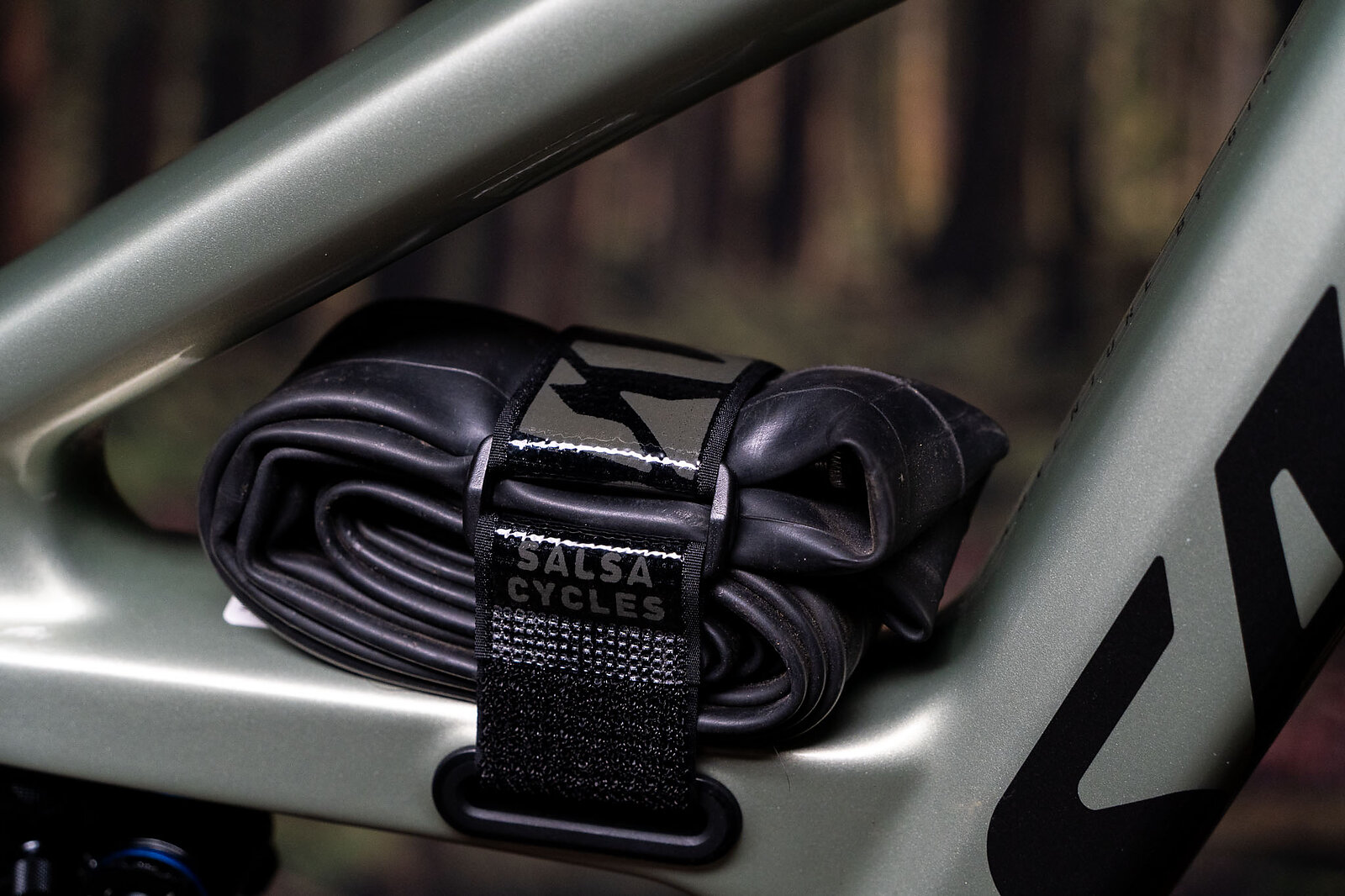
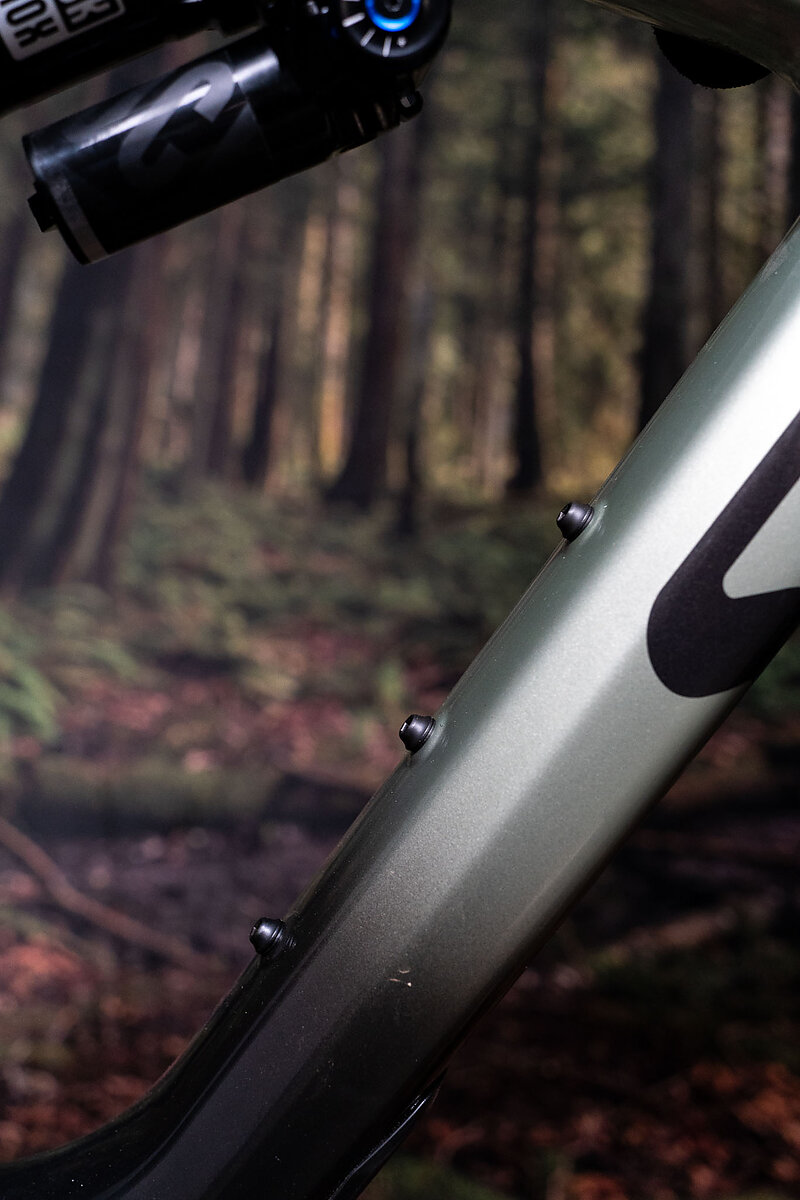
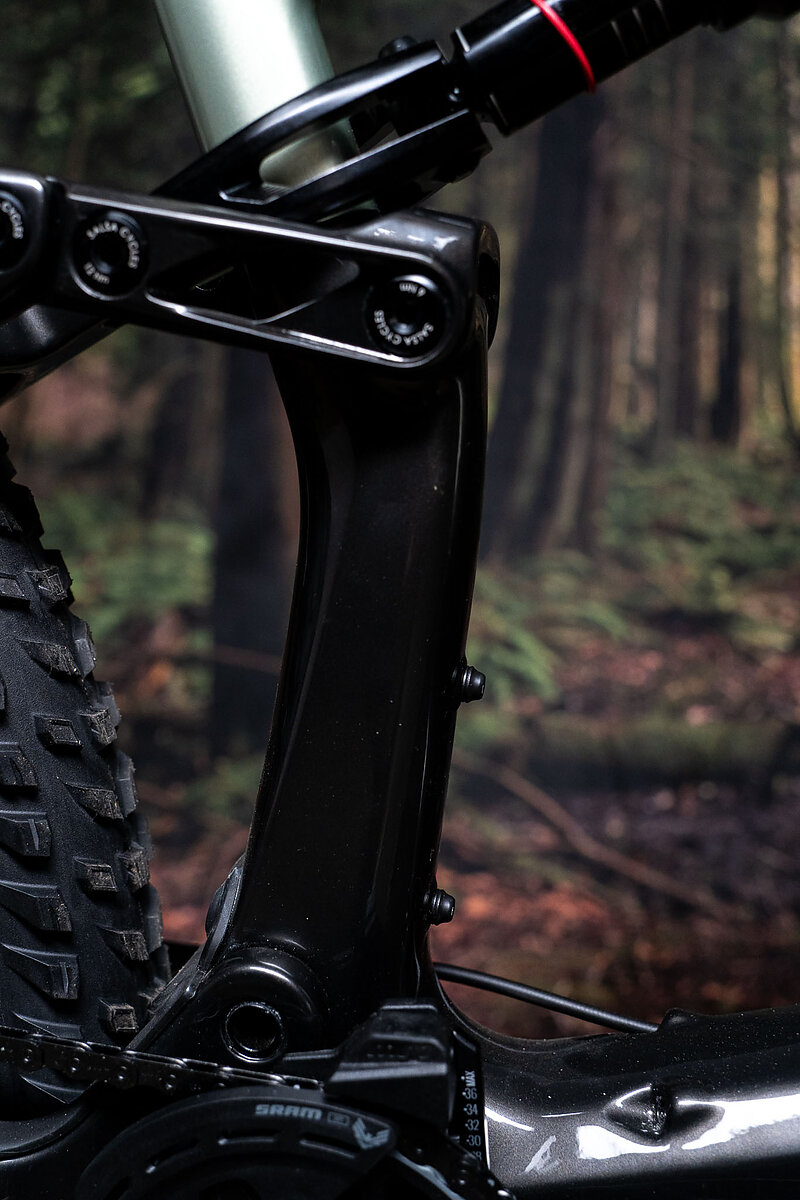
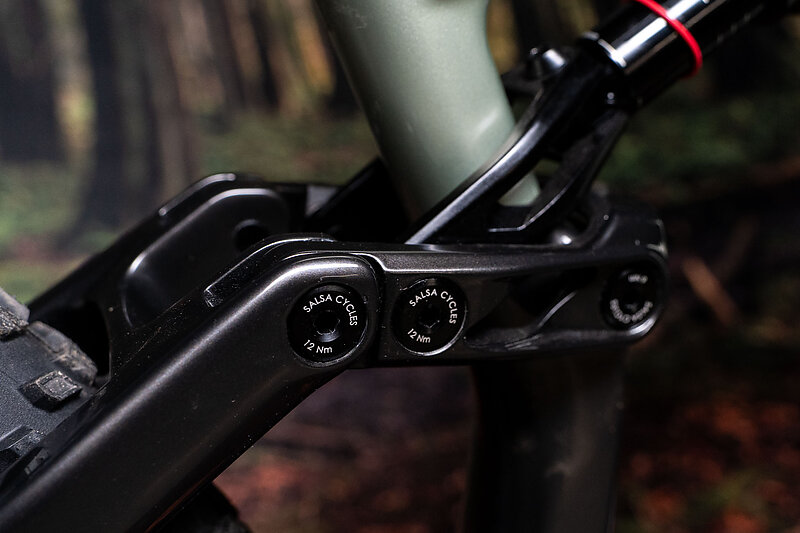

The shock bolt flip chip is nice, but a little frustrating. First: it doesn’t quite compensate for the geometry change that happens when you swap to a 27.5” rear wheel. 5 millimeters of BB height and .3° of head and seat tube angle don’t quite make up for the 12ish millimeters and oneish degrees of change that the smaller wheel brings. That’s fine - it just means that when you mullet the Blackthorn you end up with a pretty slack bike which is great for steep aggressive trails. But mixed wheels aren’t just fun in the steep and deep. They also make flatter trails more fun, and make it easier to play around on longer travel bikes. So a more meaningful geometry adjustment, like the ones found on the Specialized Stumpjumper would be appreciated.
Second, it’s a little bit of a pain to swap those bushings around. You’ll need to completely remove the shock to do so - the rear shock bolt isn’t accessible with the shock installed in the frame. It’s not a big deal, but it’s not the sort of change I’d do on a whim, which might discourage folks from experimenting, especially given that there’s no indication that this change is even possible when looking at the bike.
Finally, the Blackthorn has some rather creative cable routing. All of the cables enter on the non-drive side of the head tube, which means that your dropper cable makes a tighter curve than usual. It’s not a big deal, and the Blackthorn does have optional routing for a rear shock remote lockout if that’s something you’re looking for in 2025, but it’s also not the cleanest look around.
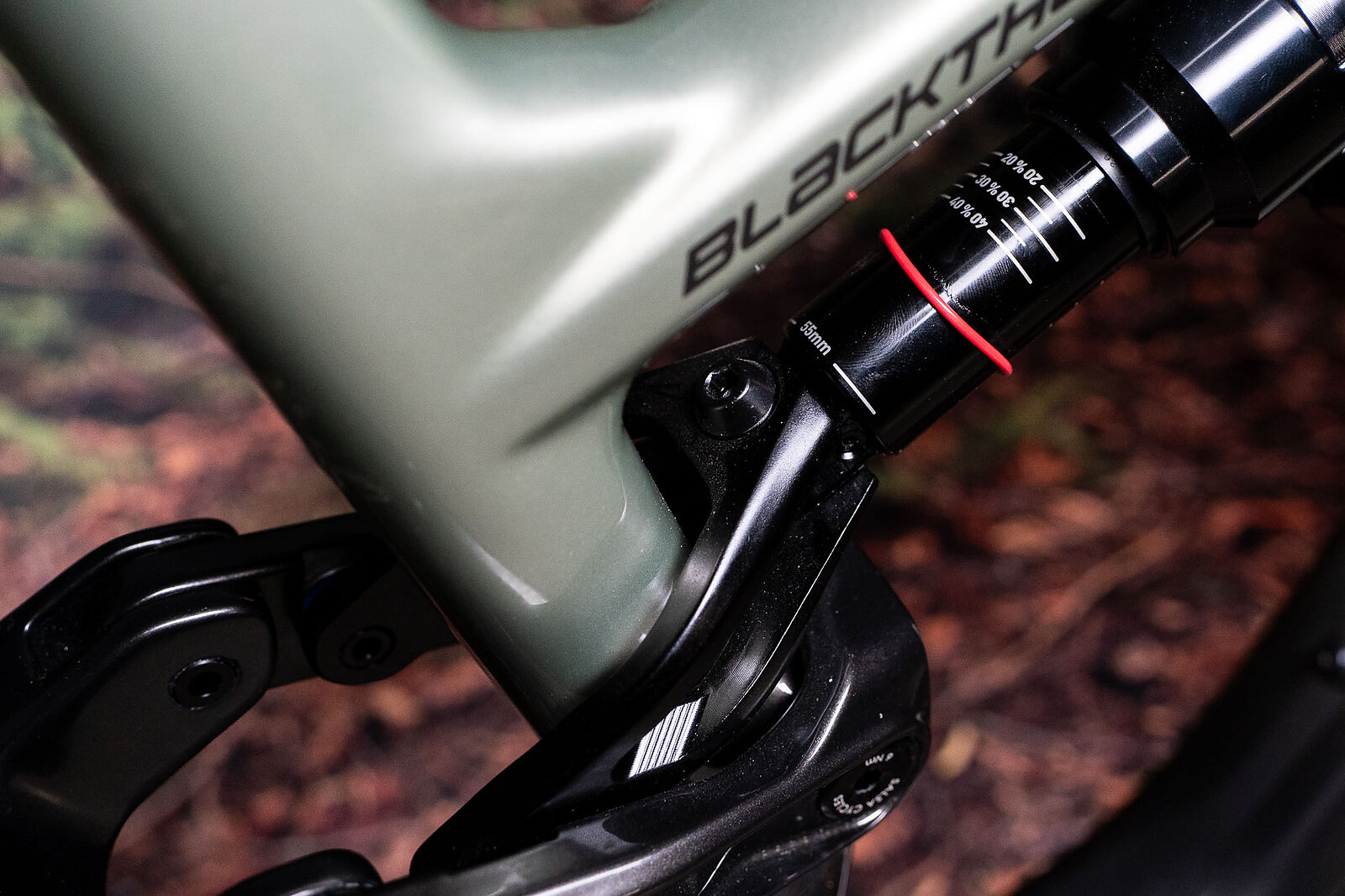
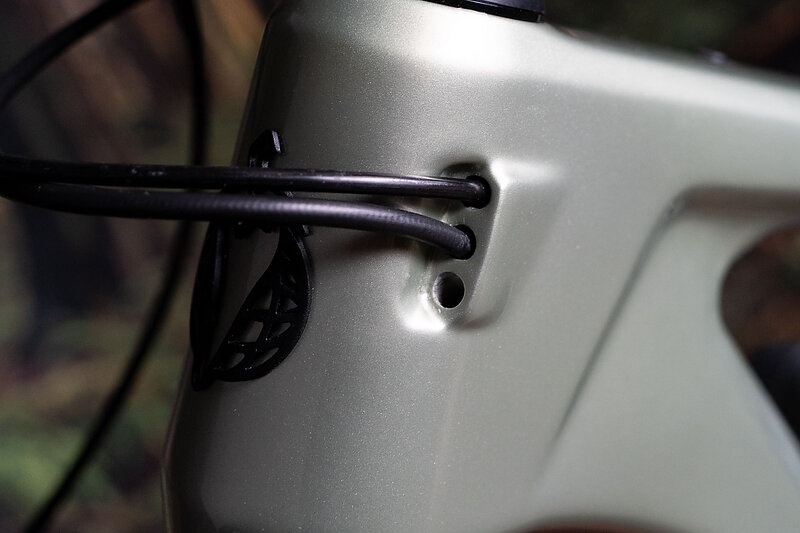

Salsa Blackthorn build
The top-end Blackthorn 145 comes with, as you’d expect, a pretty slick build, with one glaring exception. First the good: SRAM’s Maven brakes and XO Transmission (with 165 mm cranks!) are still powerful, precise, and excellent. The same goes for the RockShox Lyrik and Super Deluxe Ultimate.
The Salsa carbon bar is very compliant, and while I’d prefer to see a more premium dropper at this price point, the TranzX Reverse went up and down just fine, and it was great to see a 210 millimeter dropper specced on the large. The WTB Solano saddle is a nice touch— I quite prefer it to previous WTB options. The WTB CZR carbon wheels were precise and snappy, although not the most compliant I’ve used.
But the Teravail Clifty tires were inappropriate for this bike. Their large volume, combined with their subtle tread pattern gave me flashbacks to the ill-fated days of plus-tired bikes. Yes. They roll fast. That’s nice. They also roll on the rim when cornering hard. They don’t offer good braking, cornering, or climbing traction. The previous Blackthorn came with a Maxxis Assegai/Dissector. That’s an appropriate tire combo for this bike. If you want to stick with Teravail tires, I’d recommend Kessels on both ends. The Blackthorn is a capable bike with great suspension and geometry, but the stock tires limit it to a frustrating extent. They might make sense in really mellow terrain, but if that's what you're primarily riding, there are plenty of shorter travel, steeper bikes that are better sorted to those conditions.
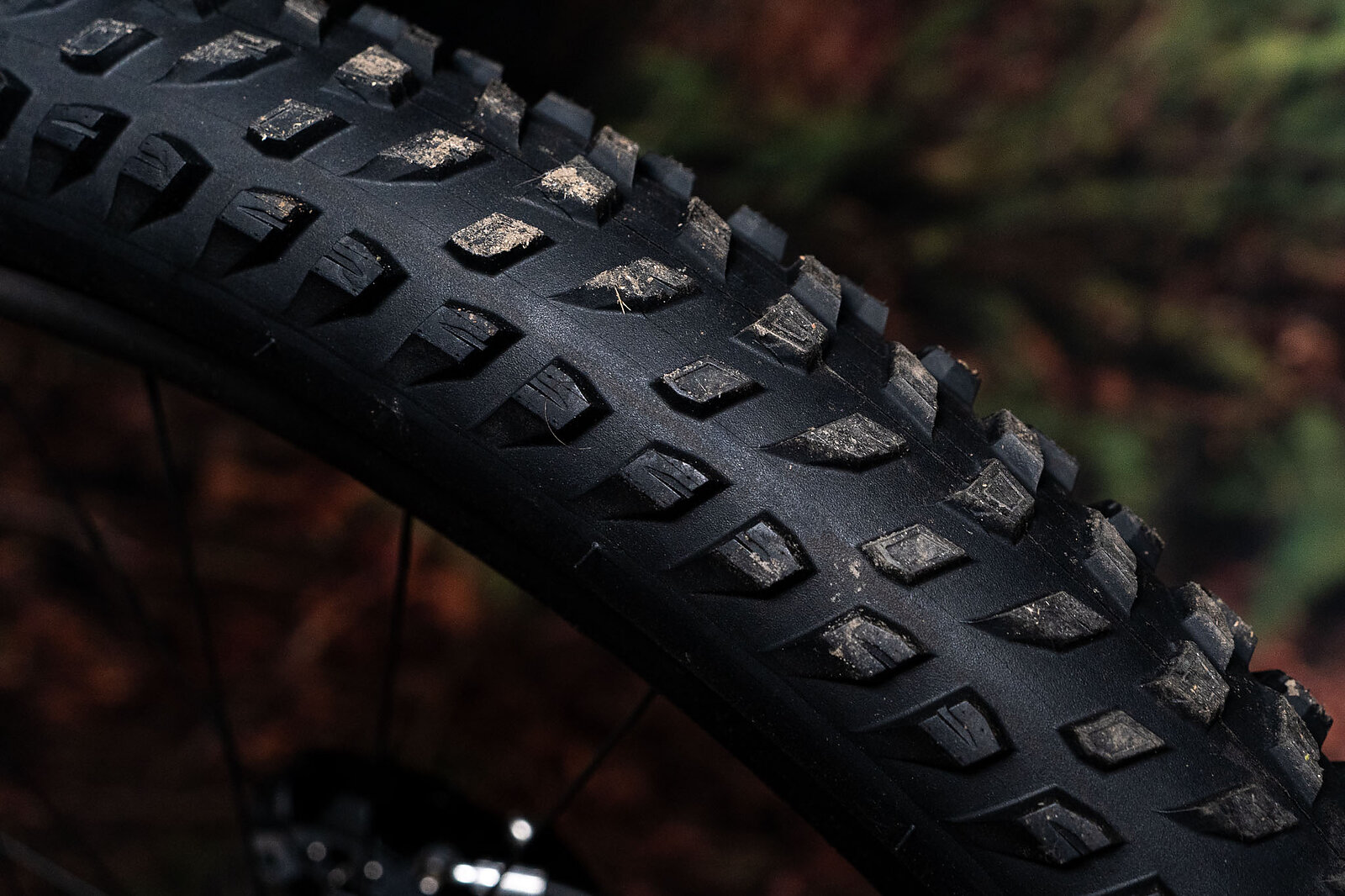
Riding the Blackthorn 145
With its 492 millimeter reach, 63.9° head tube, and 432 millimeter chainstays, the Large Blackthorn felt pretty familiar under my 6’2” frame. It’s a little longer, a little slacker, with a higher BB, steeper seat tube, and lower stack than my personal S4 Specialized Stumpjumper 15. Right out of the box the Blackthorn felt quick and efficient. It pedaled smoothly with the shock wide open, and handled moderate descents just fine. But it felt like a trail bike, but not like an aggressive all-mountain machine.
Those Teravail tires held it back. The combination of Maven brakes and low profile tires felt comic. So much braking power, so little traction to use it with. Shod with the stock tires the Blackthorn felt much scarier than any bike with a 160 mm Lyrik should in any kind of wet, loose, or off-camber terrain. So I swapped them for a Schwalbe Albert and Tacky Chan. Instantly, the bike felt more capable, both up and downhill. No, it didn’t roll quite so smoothly, but it handled more technical terrain significantly better. I can imagine riding this combination as a do-it-all bike in most places, from North Carolina to the Rocky Mountains. But still, I wanted more.
So I swapped to a mullet wheelset, clad in Specialized’s new Butcher and Eliminator. This really brought the Blackthorn to life for me. It dropped the BB, tightened up the reach, raised the stack, and slackened out the front end. With the mixed wheel sizes, in the default “high” position, the Blackthorn 145 feels truly ready to rally. It still pedals just fine, and is a competent climber, but it feels like a radically different beast downhill. While the rear end isn’t as active and cushy as the Genie-equipped Stumpjumper 15, it delivers more traction than the Cannondale Habit LT, while still being easy to pop and pump.
That means that the Blackthorn delivers an active ride that is fun to push hard in steeper, more technical terrain, but does require the rider to be more on their game to make the most of it. It’s not a sled you can just sit back and smash with, but I wouldn’t hesitate to take it to the bike park, or enter an enduro race with it. That means the Blackthorn earns its “all-mountain” moniker quite well. It doesn’t feel like a handful on mellow trails and longer rides, but when you push into more enduro-terrain it’s willing and able.

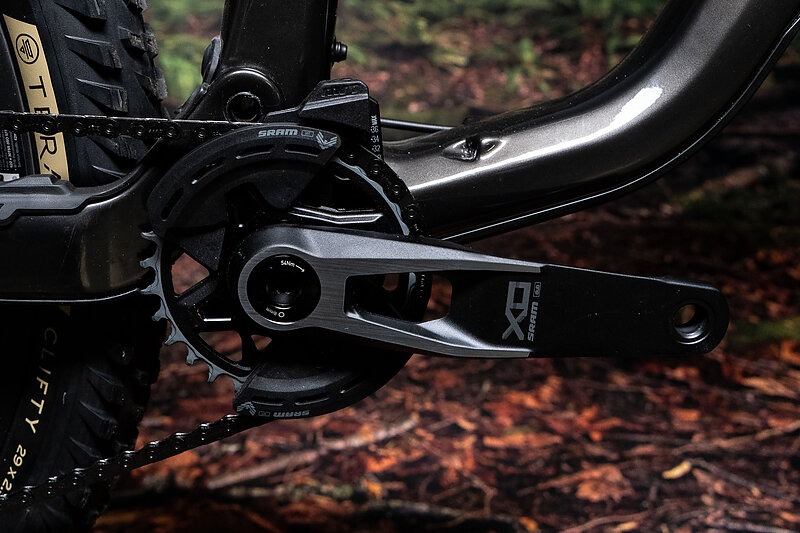
Who is the Blackthorn 145 rider?
That versatility is, I think, at the core of the Blackthorn’s appeal. For the bikepacking/gravel/sweet hardtails with frame bags crowd, the Blackthorn could be their longest-travel bike, a taste of more aggressive options that’s still overnight-bikepack-worthy. And for that crowd, the stock tires might make a little more sense, even though there are plenty of other options that roll just as fast and offer better traction.
But, on the other end of the spectrum, when you slap a mixed wheelset, clad with some proper tires on this bike, you open up a whole different world of possibilities. I wouldn’t hesitate to drop a 160 mm Zeb on the front, back it up with a coil rear shock (Salsa endorses this combo) and go out to shuttle and rally bike parks on it. There’s a contrarian part of me that wants to see somebody fast smoking race fields full of “cooler” or more aggressive brands, and to stand on an enduro podium with a Salsa. That’s what makes the Blackthorn so interesting. Some folks will look at it and see all the bottle mounts, the bag-ready triangles, and immediately start concocting bikepacking loops in their heads. Others will see race lines and a rig that’s easy to pedal to steep, gnarly descents. Either way, the Blackthorn is ready.
For now
For many riders Salsa is synonymous with “adventure” riding—riding that’s more about going places than getting rad along the way. But the new Blackthorn 145 does a great job of melding that adventure ethos with an adrenaline-ready platform. It’s ready for bikepacking trips and enduro races alike, and that makes it a compelling option amidst a sea of pretty-similar all-mountain bikes.
Learn more: Salsa Cycles
